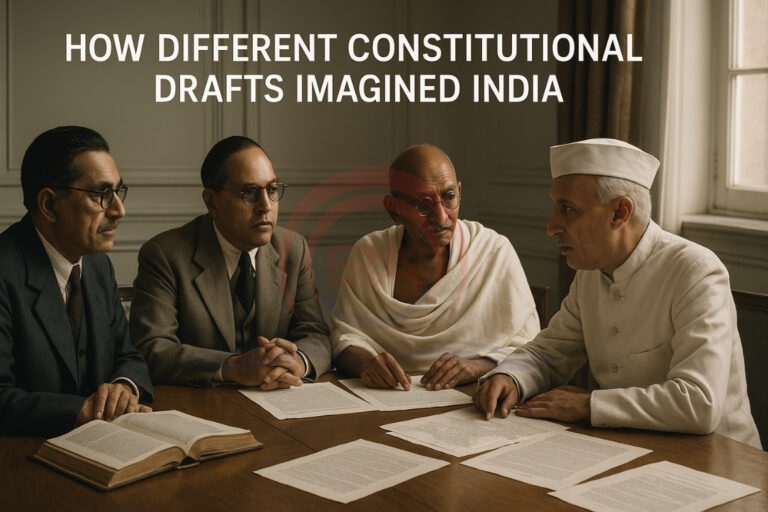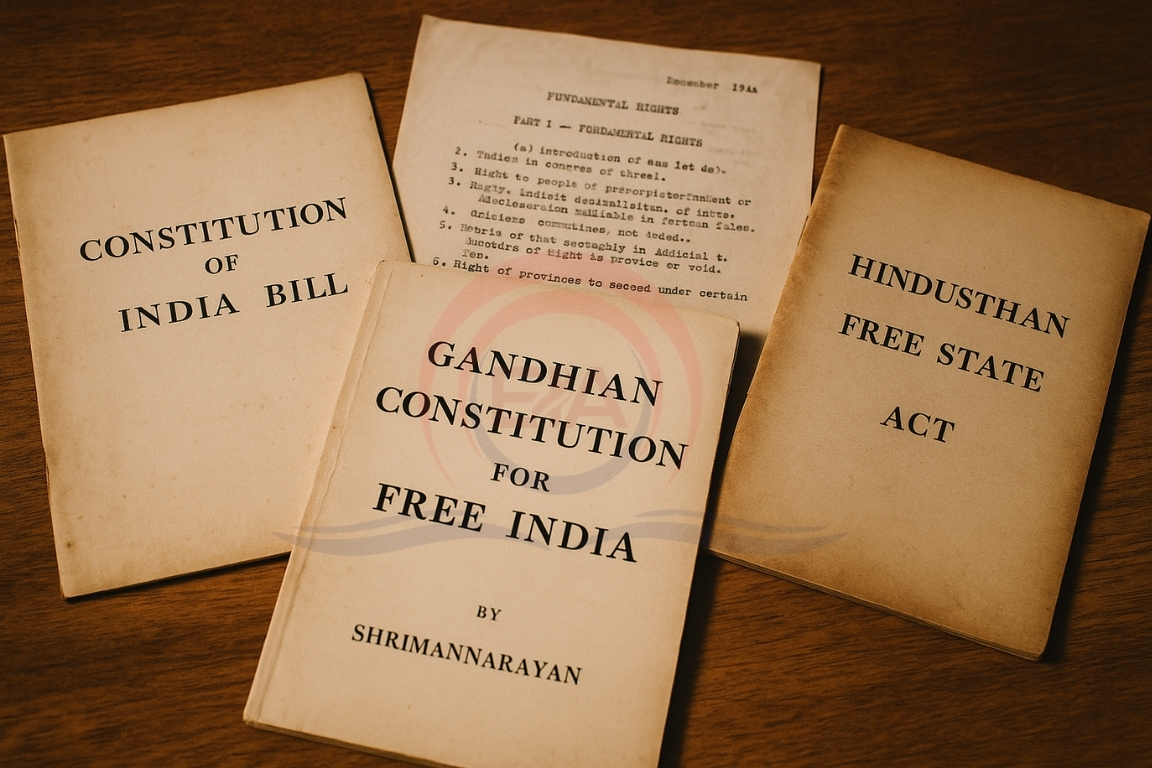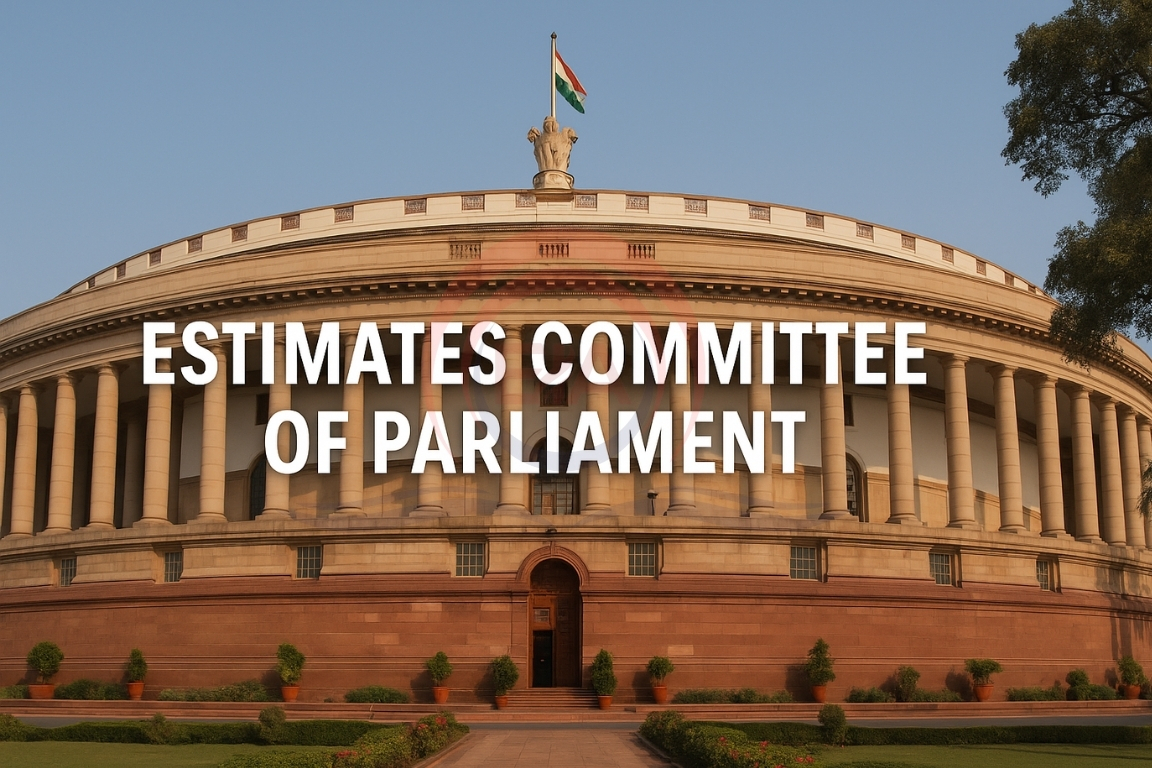A recent academic and public interest has emerged around the lesser-known constitutional drafts proposed before 1950, reflecting diverse ideologies such as liberalism, Gandhian values, and socialism, and how they helped shape India’s final Constitution.
Background
- Before the Constitution of India came into force in 1950, several thinkers and political groups proposed different constitutional models.
- Between 1895 and 1948, at least five major drafts presented contrasting views on governance, civil rights, economic policies, and national identity.
Constitution of India Bill, 1895
- Often attributed to early nationalists like Bal Gangadhar Tilak.
- Called for self-rule under the British Empire.
- Proposed a representative government, civil liberties, and separation of powers.
- Emphasized freedom of speech, property rights, and equality before law.
- Inspired by British constitutional traditions.

M.N. Roy’s Draft (1944)
- Created under the Radical Democratic Party.
- Focused on radical humanism and participatory democracy.
- Called for linguistic states, right to revolt, enforceable social rights.
- Introduced Citizens’ Committees to ensure direct public participation.
- Prioritized decentralization, transparency, and accountability.

Hindusthan Free State Act (1944)
- Linked to the Hindu Mahasabha and nationalist right-wing ideologies.
- Suggested a unitary structure with “one nation, one law, one culture.”
- Despite majoritarian tone, it guaranteed religious freedom and equality.
- Included the right of provinces to secede under certain conditions.
- Emphasized national unity while maintaining formal secularism.
Gandhian Constitution for Free India (1946)
- Drafted by Shriman Narayan with a foreword by Mahatma Gandhi.
- Promoted village self-governance (Gram Swaraj) and rural economy.
- Advocated non-violence, self-sufficiency, and khadi.
- Included a right to bear arms, showing practical considerations.
- Rejected centralization and industrialization.
Socialist Party Draft (1948)
- Proposed by Jayaprakash Narayan’s Socialist Party.
- Called for nationalization of land, industries, and banks.
- Advocated economic democracy and workers’ control of production.
- Emphasized social justice, gender equality, and anti-caste discrimination.
- Focused more on socio-economic rights than procedural democracy.
Conclusion:
These pre-1950 drafts reflected India’s rich ideological diversity. While none were adopted fully, elements from each, like Roy’s decentralization, Gandhi’s village model, and socialist economic vision, influenced the final Constitution. They remain a testament to India’s vibrant constitutional thought before independence.





